Hunt_Jefferson
WKR
I was looking for made in USA camo and came across Gulch Gear so I decided to try their Axle pattern. I primarily hunt the western slope of the Sierras in northern California and Axle looked like a good fit for the area. When I opened up the package the first thought was "whoa, that's very green". I showed it to my wife and kids asking what color it is, they all said green and I'm not colorblind or have eye issues.
But when I took some pictures in the sun and shade, I'll be damned it looked exactly like the photos online. I've never experienced that before and the Kuiu Verde 2.0 or Realtree AP I have on hand looked the same in person as in camera. I doctored up a photo to try and show how it looks for me (and yes it looks that drastic to my eye). Has anyone else encountered this?
BTW the piece itself is really nice and should be great for our warm weather deer season. Going to be 90 tomorrow, 10/14
Photos:
Online: Gulch Gear Lightweight - Axle
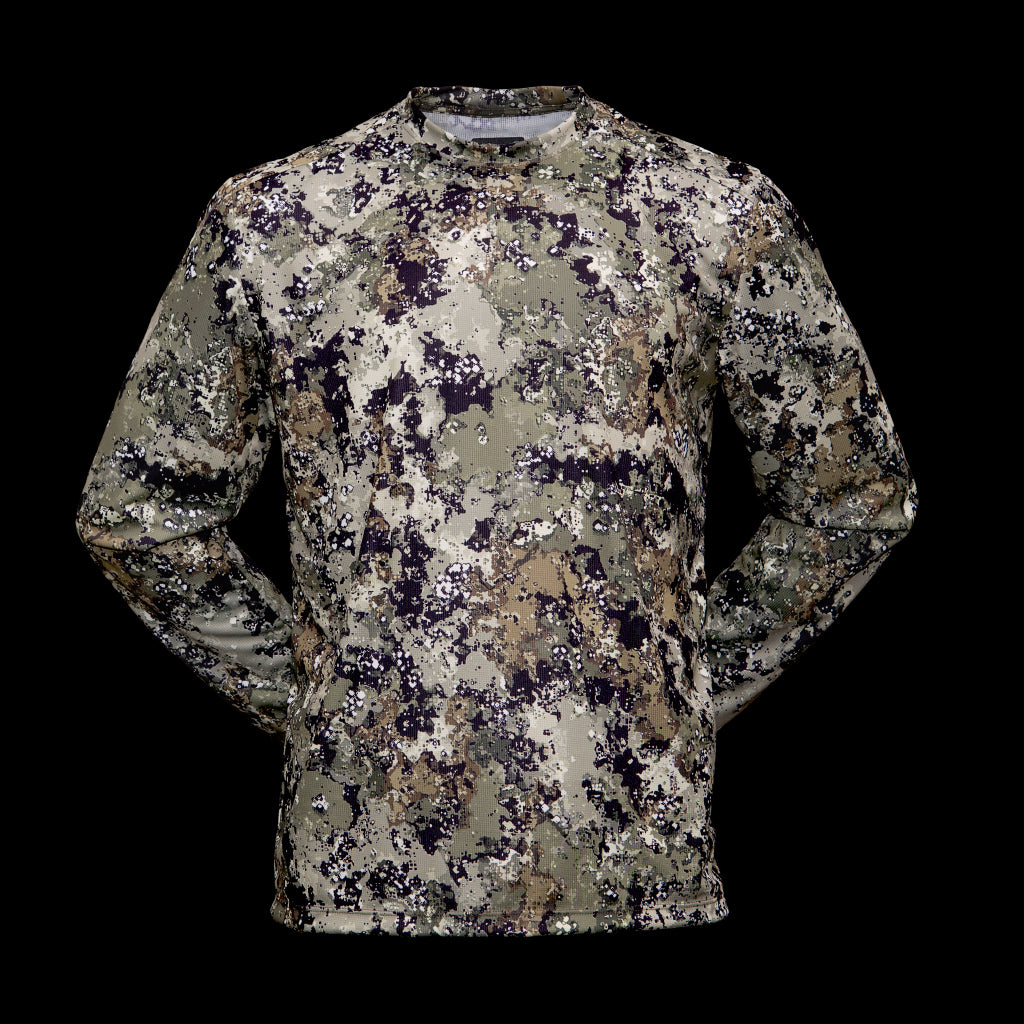
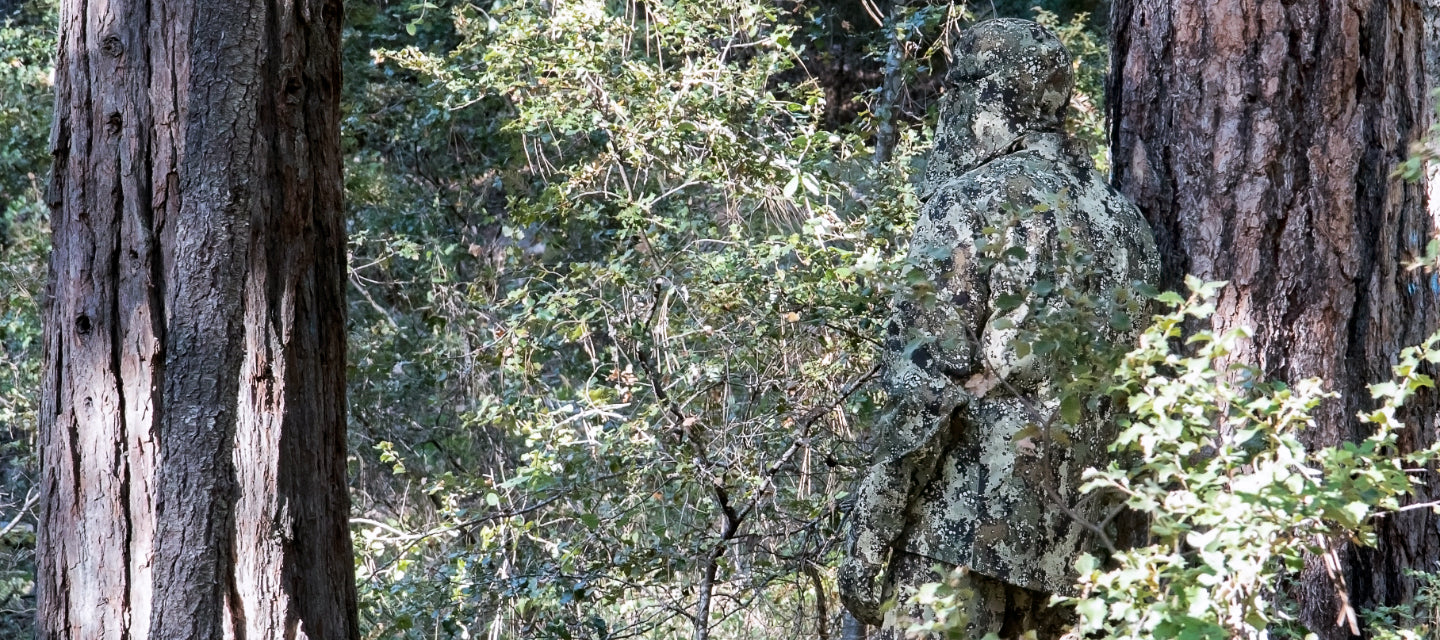
Out of the camera - bright sun:
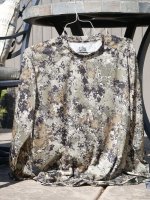
Out of the camera - shade :
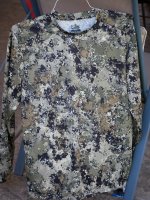
Edited:
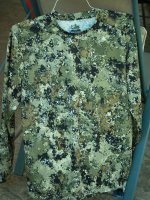
But when I took some pictures in the sun and shade, I'll be damned it looked exactly like the photos online. I've never experienced that before and the Kuiu Verde 2.0 or Realtree AP I have on hand looked the same in person as in camera. I doctored up a photo to try and show how it looks for me (and yes it looks that drastic to my eye). Has anyone else encountered this?
BTW the piece itself is really nice and should be great for our warm weather deer season. Going to be 90 tomorrow, 10/14
Photos:
Online: Gulch Gear Lightweight - Axle


Out of the camera - bright sun:

Out of the camera - shade :

Edited:

Last edited:
